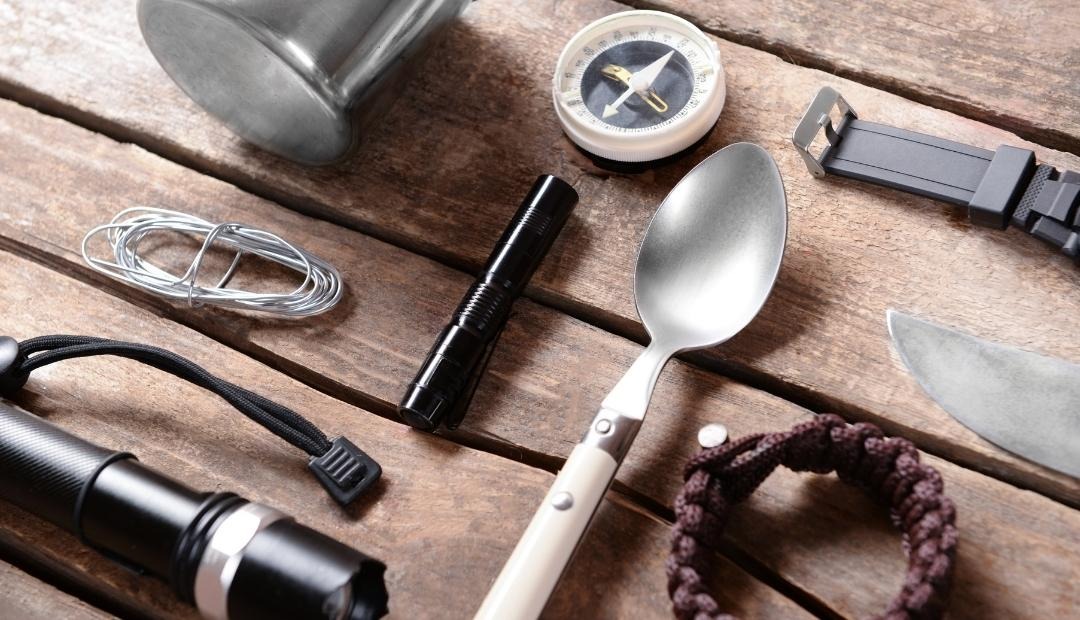When it comes to peace and relaxation, nothing beats what Mother Nature has to offer. Hiking along trails and wonderful scenery can be a great stress reliever. It also serves as a fun way of breaking a sweat.
But to make a day hike as relaxing as you want it to be, you have to pack the right items.
That means avoiding cramming too much stuff in a cumbersome backpack. That also means being sufficiently prepared, especially for emergencies.
To help you enjoy a stress-free day hike, we prepared a checklist of the only things you need to bring to your trip.
1. Bags
Carrying every outdoor essential requires the perfect storage solution. That’s why the first item on the list is a set of bags.
You don’t have to take several small pouches with you. All you need are the following:
- Lightweight backpack to carry all of your gear
- Waterproof liner to cover the items (especially your clothes and electronics) in your backpack
- Belt bag for quick access to food, water, and important supplies
2. Food and Water
No physical activity will be complete without H2O and a source of calories. Yes, you have to consume a hearty breakfast before a hike. But come midday, you’ll surely be craving something to fill your stomach with.
That isn’t to say you have to bring all the contents of your pantry. Instead, bring these things in your belt bag or day bag:
- Snacks, like a few granola bars, trail mix, or any healthy ready-to-eat foods
- Lunch to fuel your body for the rest of the afternoon. It can be a packed salad or a sandwich.
- Bottle of water to stay hydrated. Bring about 2 cups of water for every hour of hiking. You can always find natural sources of potable water as you hike.
3. Clothing
Checking the weather forecast is a must before every day hike. Doing so can help you choose the appropriate clothes for the weather conditions.
When picking the clothes to wear for a hike, make sure they’re breathable and moisture-wicking.
- Long-sleeved shirt for protection against the sun, wind, and bugs
- Pants or shorts that are quick-drying
- Footwear, particularly trail runners or boots that are appropriate for the terrain
- Lightweight jacket or windbreaker to stay warm in chilly or windy weather
- Rainwear, including a jacket and pants, for unforeseen inclement weather
- Insulated jacket for freezing weather
- Sunglasses to protect your eyes from UV rays
- Hat for extra protection against extreme weather
- Extra set of clothes, in case your worn clothes get wet
4. Personal Care and Protection
Going on a day hike means facing the harsh outdoor conditions. That means there are probably no portable toilets or shelter from pests.
So to keep yourself comfortable, make sure to bring these items with you:
- Sunscreen to protect your skin against damaging UV rays
- Insect repellent to keep away mosquitoes and other disease-carrying pests
- Lip balm to prevent chapped lips during dry weather
- Toilet paper to clean after yourself
- Sanitation trowel to dig a hole and bury your waste
- Waste bags to dispose of toilet papers and other garbage properly
5. Emergency Kit
No one wants to think of worst-case scenarios, especially during outdoor treks. But it’s always a good idea to come prepared in case of emergencies.
- First aid kit to prepare for possible injuries
- Medication, including prescription and over-the-counter medicines
- Whistle, which comes in handy for asking help if you get lost or injured
- Firestarter, matches, or lighter to keep warm or signal help if you get stranded
- Multi-tool for repairing gear or preparing food
- Flashlight or headlamp to illuminate trails if your day hike turns into a night hike
- Emergency blanket or emergency compact shelter to protect yourself from extreme temperatures if you happen to stay outdoors overnight
- Water purification system, like a water filter straw, to purify water from natural sources
6. Navigation
Getting lost from the trail is inevitable, and it can be dangerous. To keep yourself on track, it’s important to be ready with a couple of navigation tools.
- Compass to know the right direction
- Map (physical or/and digital) to guide you toward your trail and destination
7. Electronics and Other Important Items
It's easy to go overboard when packing electronic devices and personal items. So remember: nature is your source of entertainment. You only have to bring the essentials, such as:
- Smartphone for communication and other tools, like a digital compass, GPS, and more
- Power bank to keep your devices charged, especially during emergencies
- Camera to capture high-quality photos
- IDs to let rescuers know your identity and who to contact in case of emergencies
Digit 1919 Apartments in Dallas, TX


